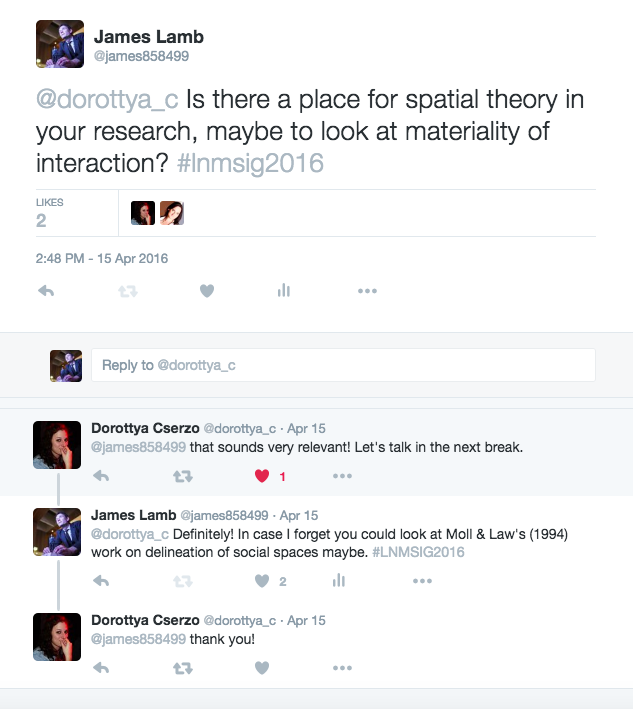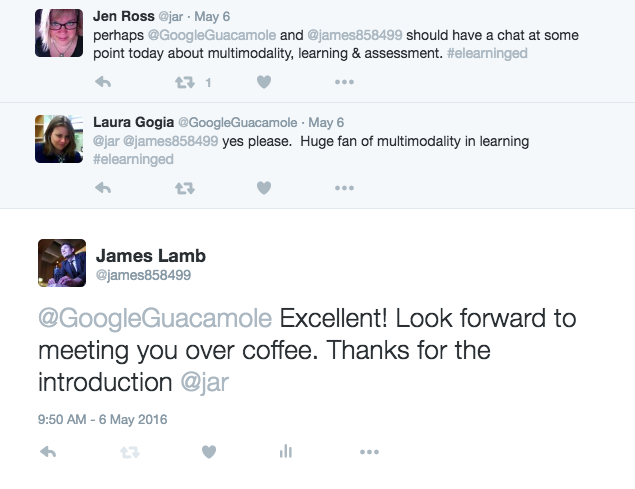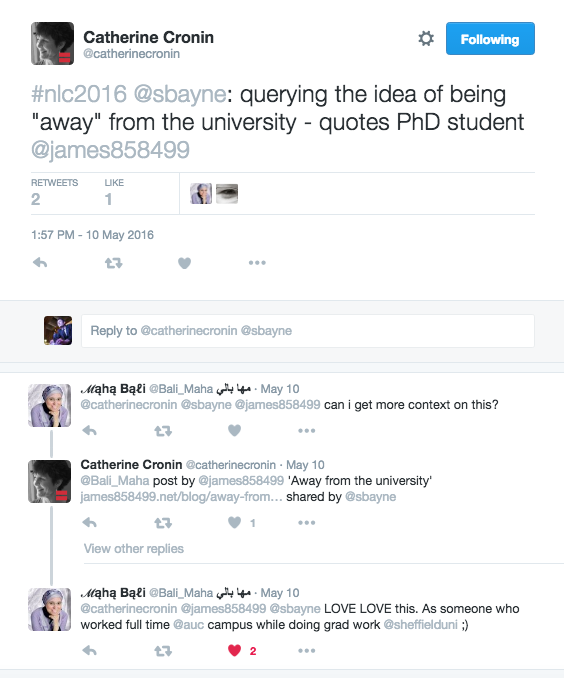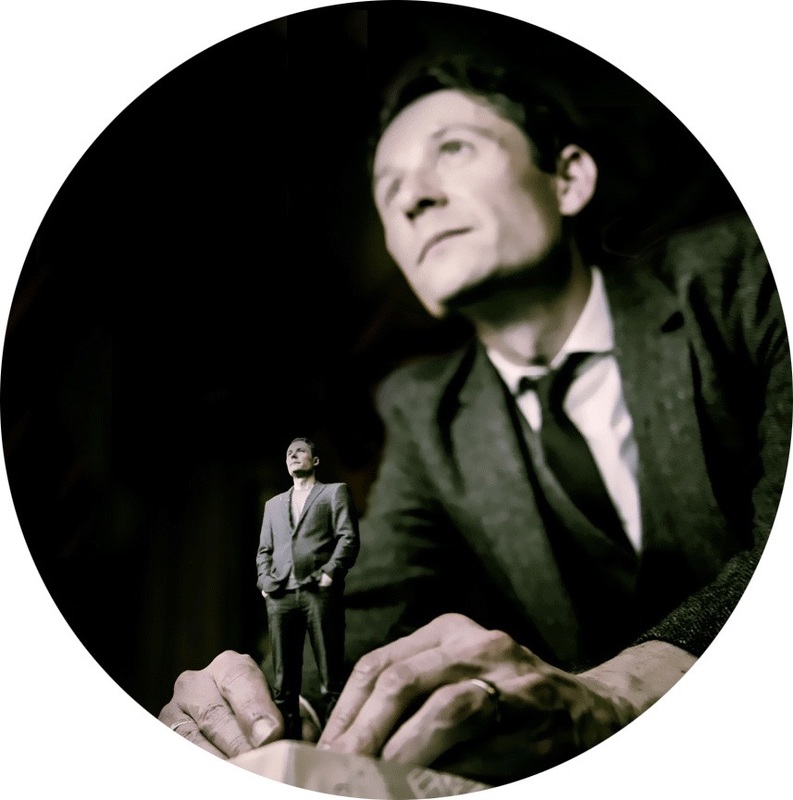|
My colleagues Jen Ross and Judy Robertson from the Centre for Research in Digital Education have invited me to contribute to a training session they are leading on the subject of Social media, your research and you. Ahead of tomorrow's session (19 May) it has been interesting to spend some time thinking about what I’m trying to achieve when I share content in this blog and through Twitter, which are the main ways that I use social media around my research. It is relatively straightforward to talk about how I use social media, although more complicated when it comes to articulating a) what I hope to achieve, and b) how I set out to do this. I've attempted to answer these questions through the following diagram that I will talk around tomorrow: The approach and rationale outlined above should not be seen as ‘best practice’: rather, it simply reflects what I set out to do and why. My use of social media is heavily shaped by the subject of my research. My critical interest in digital education makes it important that I seek to explore and exploit ways of conveying my work across networked spaces. At the same time, the central concern of my research with ways of constructing and communicating knowledge multimodally, influences the representational form of my social media presence (and this blog in particular) as I set out to convey ideas through a combination of words, images, sounds and other semiotic resources. As I prepare content for this blog I am constantly asking 'What is the best way of conveying these ideas?' and 'How will it be received by its intended audiences?' In this way I am exploiting the opportunities that digital technologies bring to rethink the representational form of academic content we wish to share (see amongst others Landow (2006)). At the same time I am enacting Gunther Kress's (2005) work in multimodality around 'aptness of mode' and 'aptness of audience' as I configure the form of my work in a way that (I hope) is simultaneously equipped to convey my ideas whilst meeting what I believe to be the interests or needs of my audience. Which isn't to suggest that these broad ideas are the preserve of those with a critical interest in digital scholarship. One of the points I will make in my presentation tomorrow is that to ignore the use of social media in supporting my research would be akin to attending a conference but sidestepping conversations over coffee, in the corridor and other informal - social - occasions where I might promote my work, test out ideas and connect with other researchers with shared interests. And of course, social media in itself has a role to play during conferences... References:
KRESS, G. 2005. Gains and losses: new forms of texts, knowledge and learning. Computers and Composition. 22(1): pp. 5-22. LANDOW, G. P. 2006. Reconfiguring Literary Education. (John Hopkins University Press, Baltimore). See also: Multimodality and the presentation assignment Conversations about content and form
0 Comments
Leave a Reply. |
Search categories
All
I am a Lecturer in Digital Education (Education Futures), within the Centre for Research in Digital Education at The University of Edinburgh.
@james858499 [email protected] |



